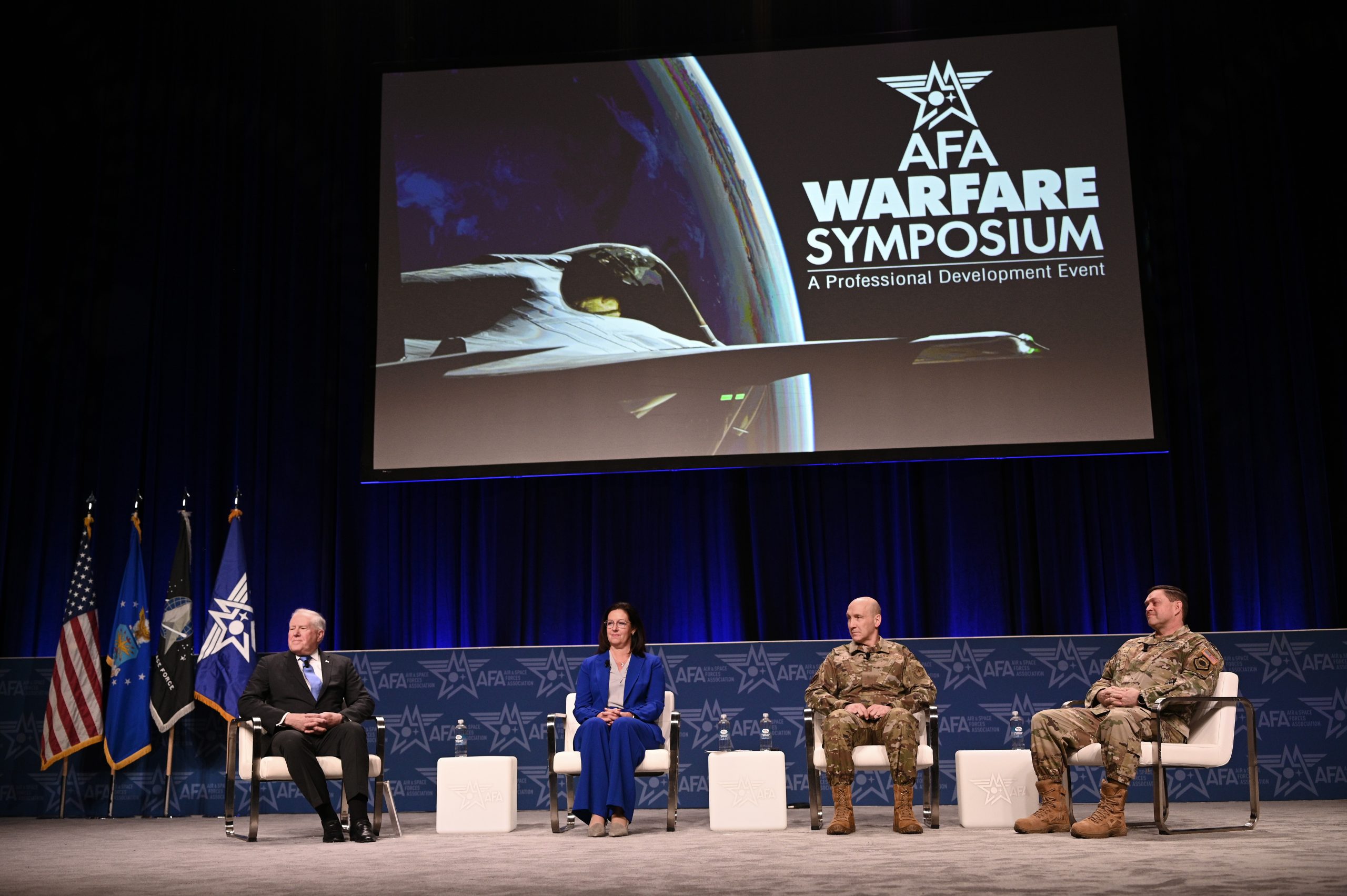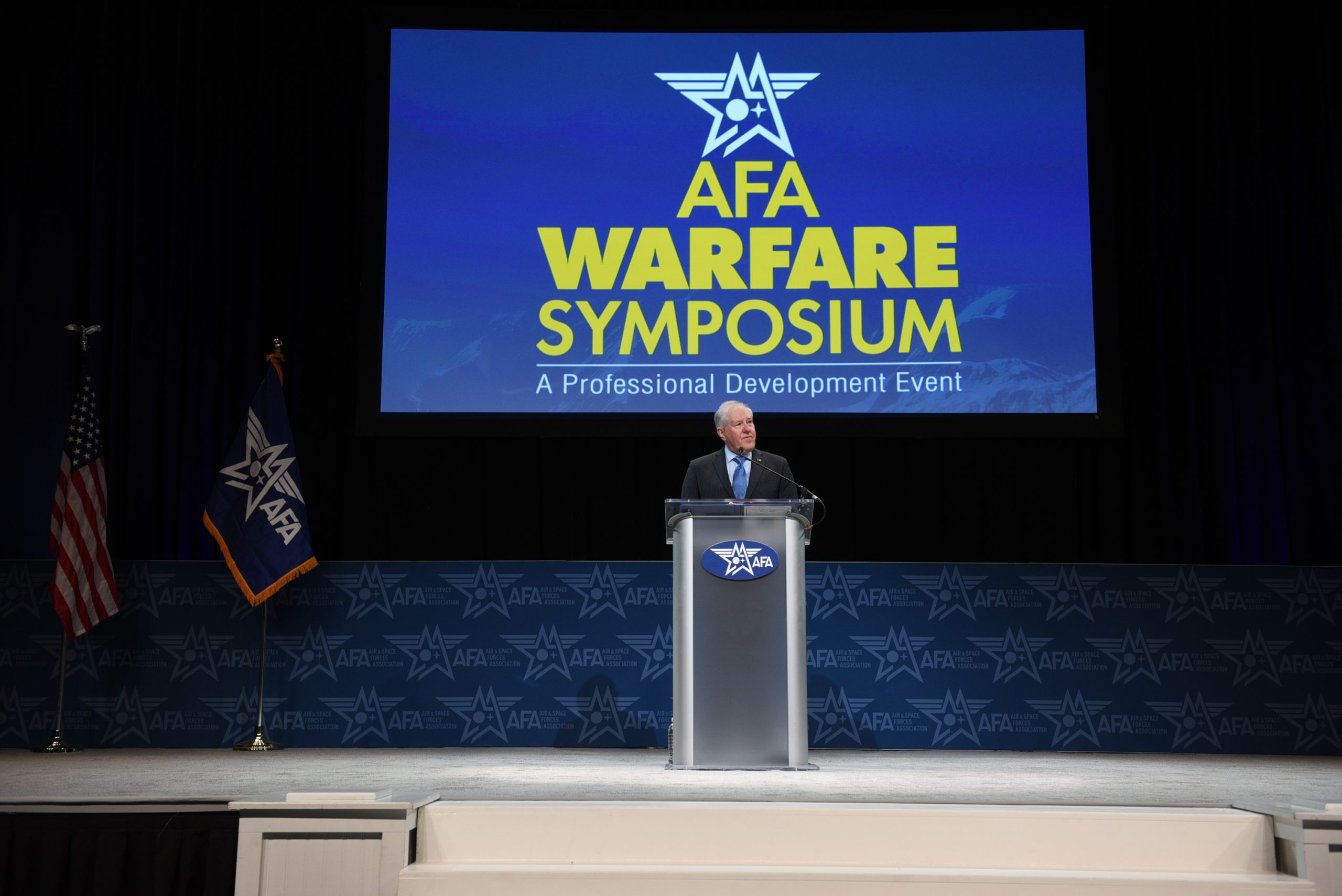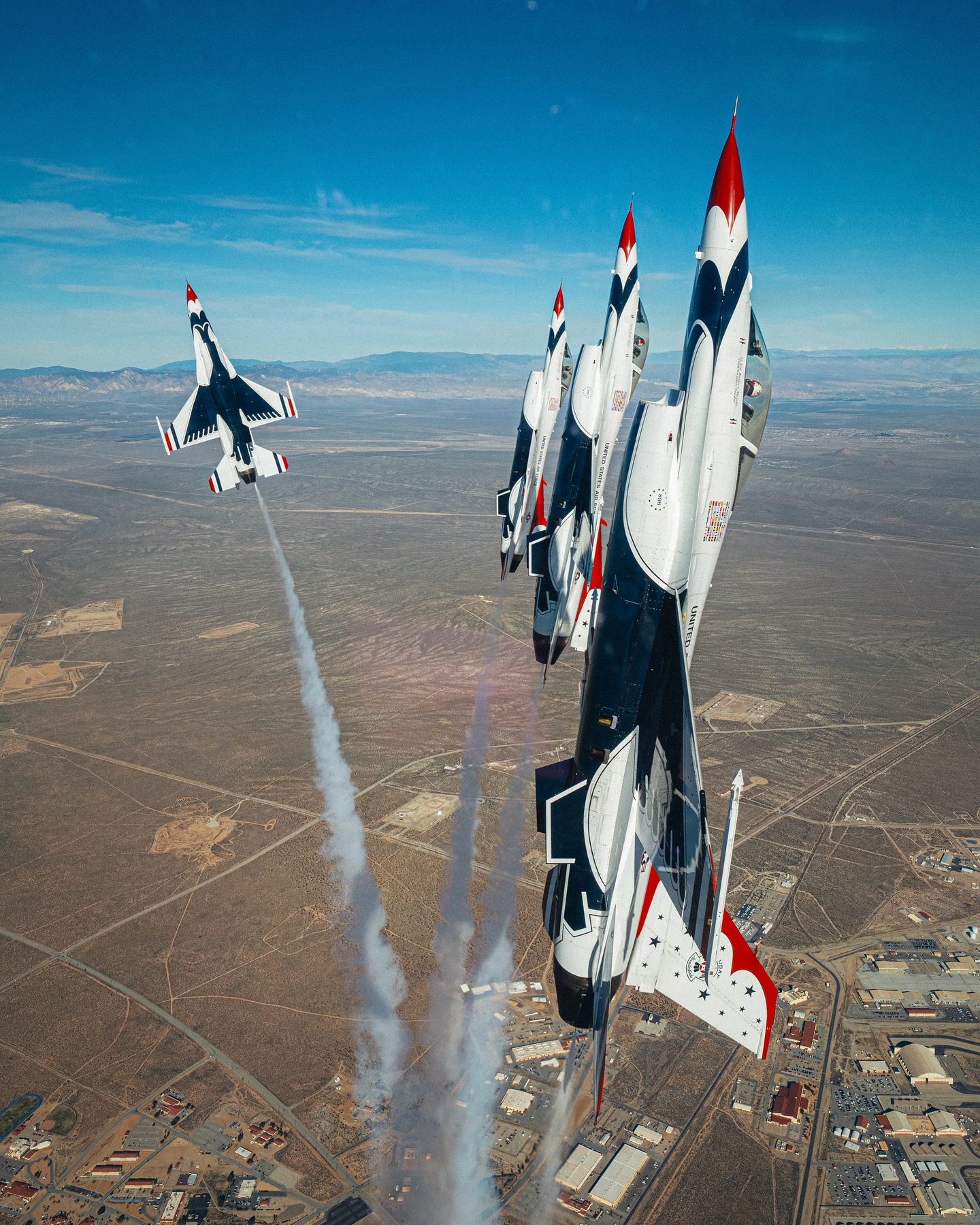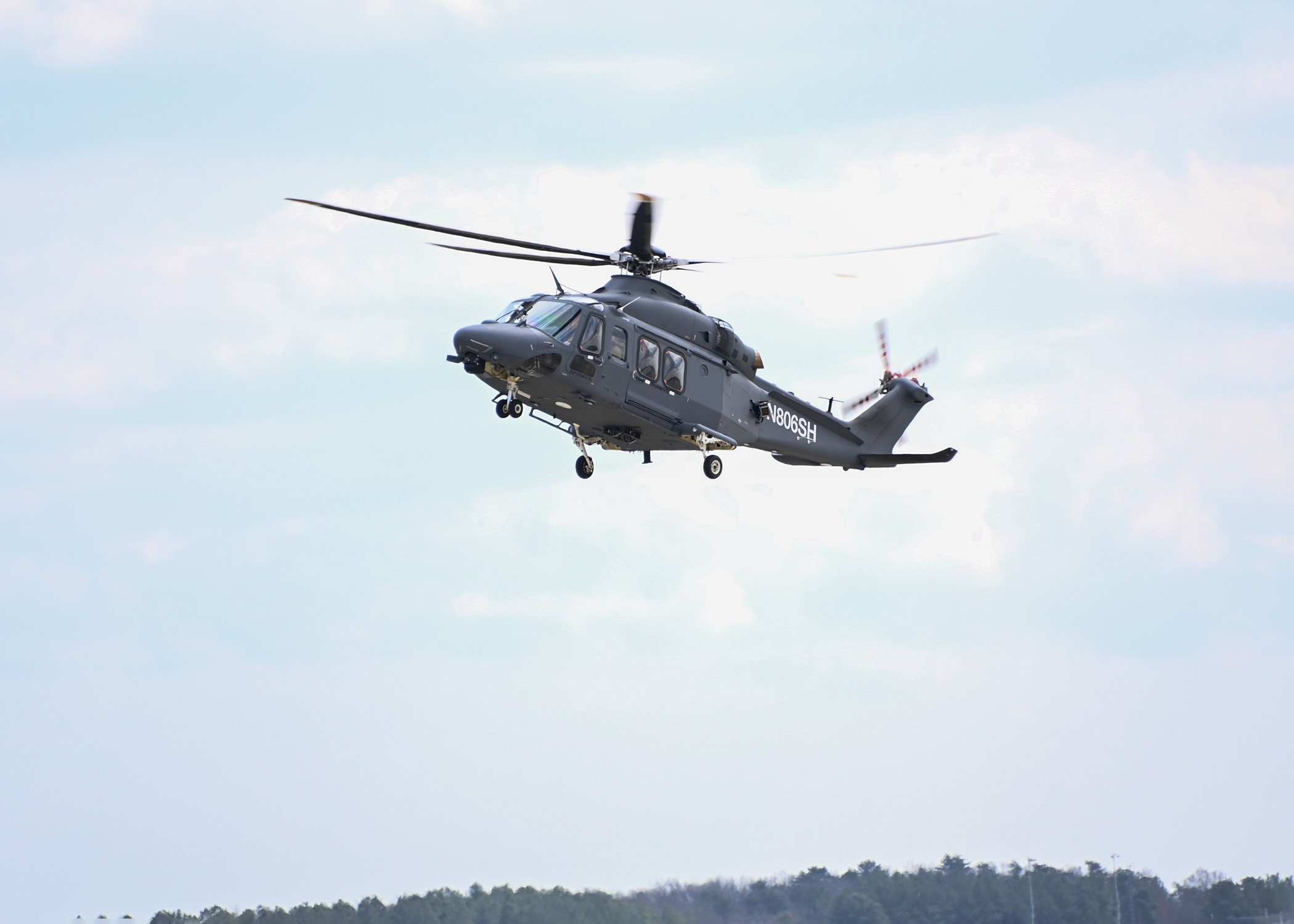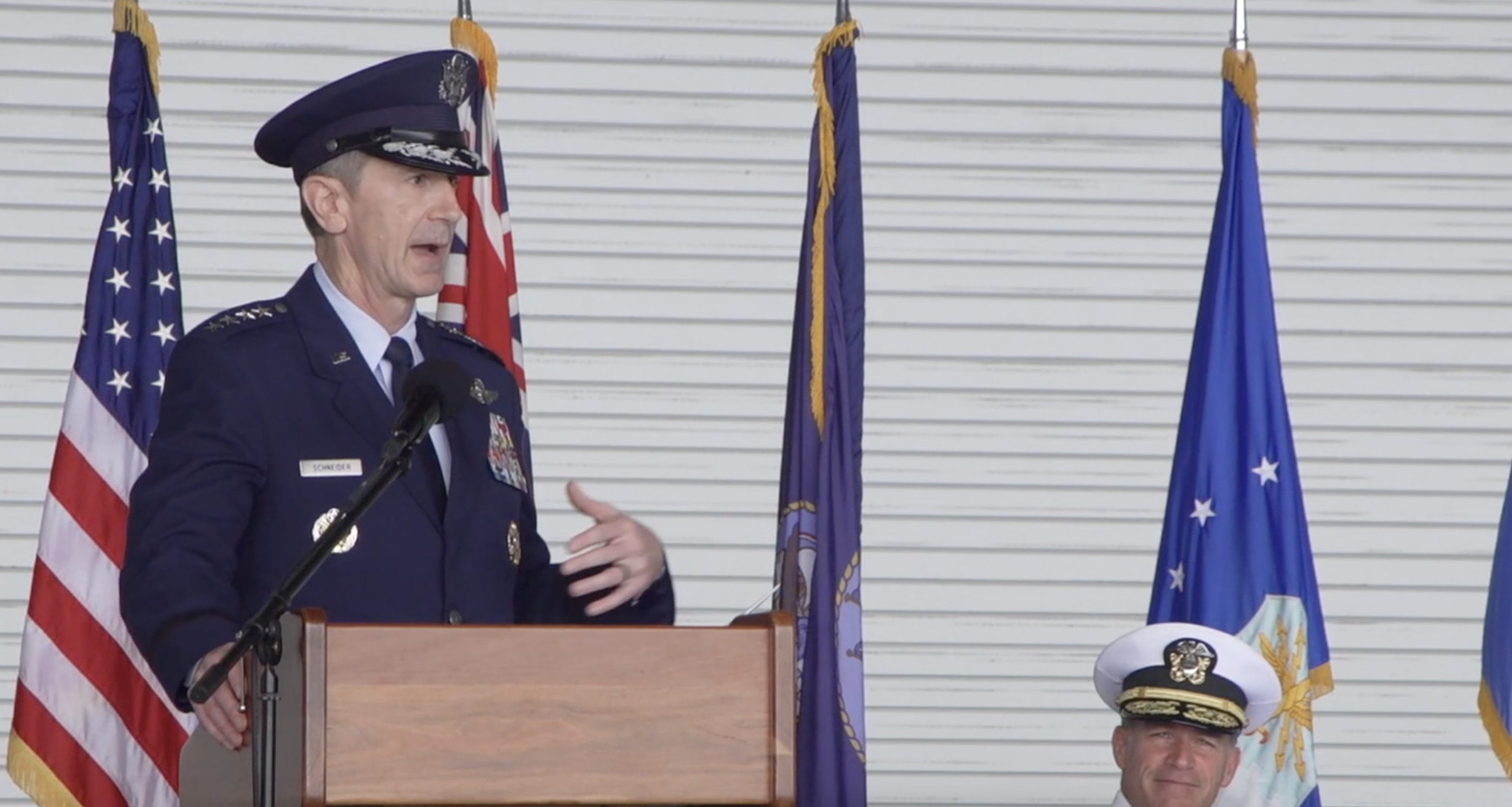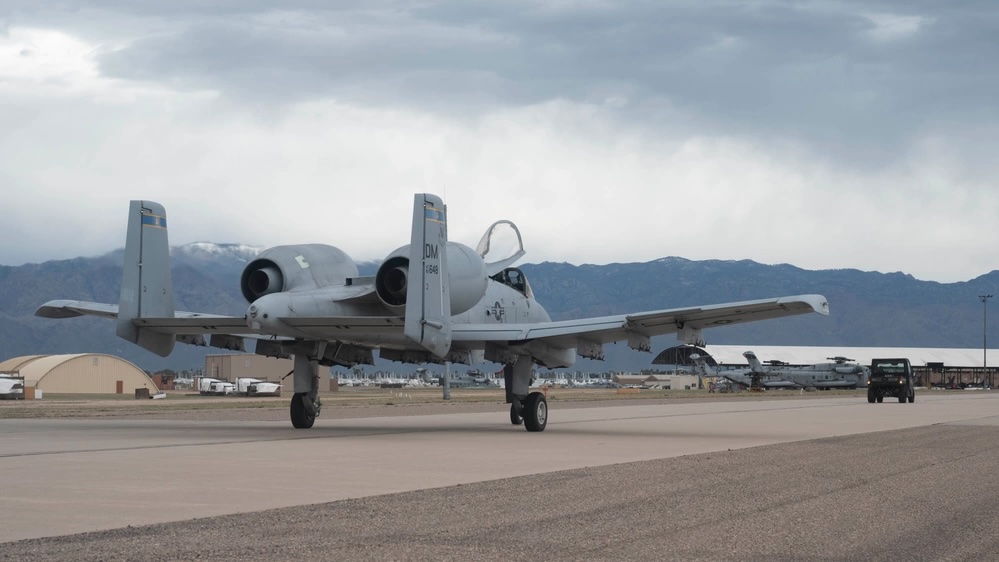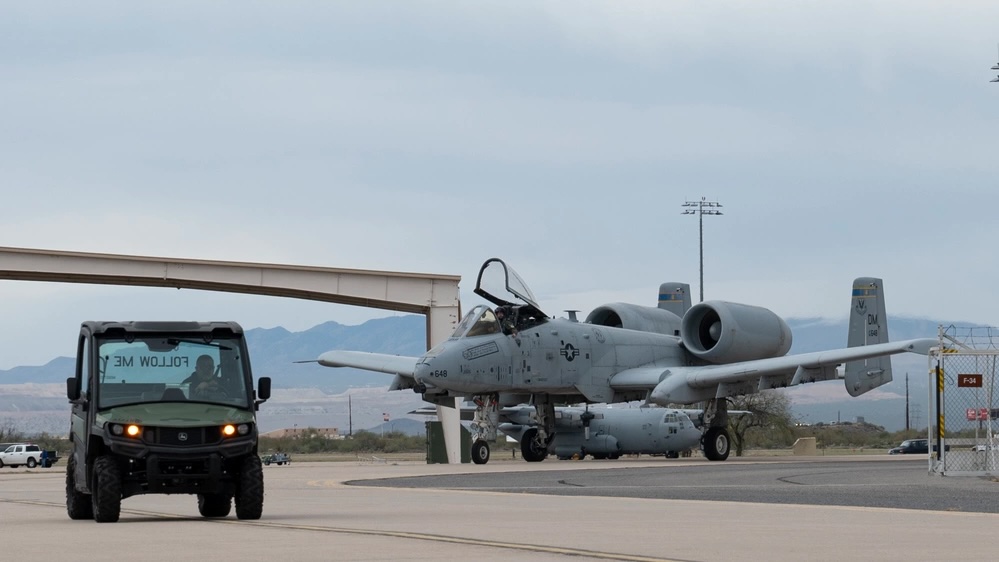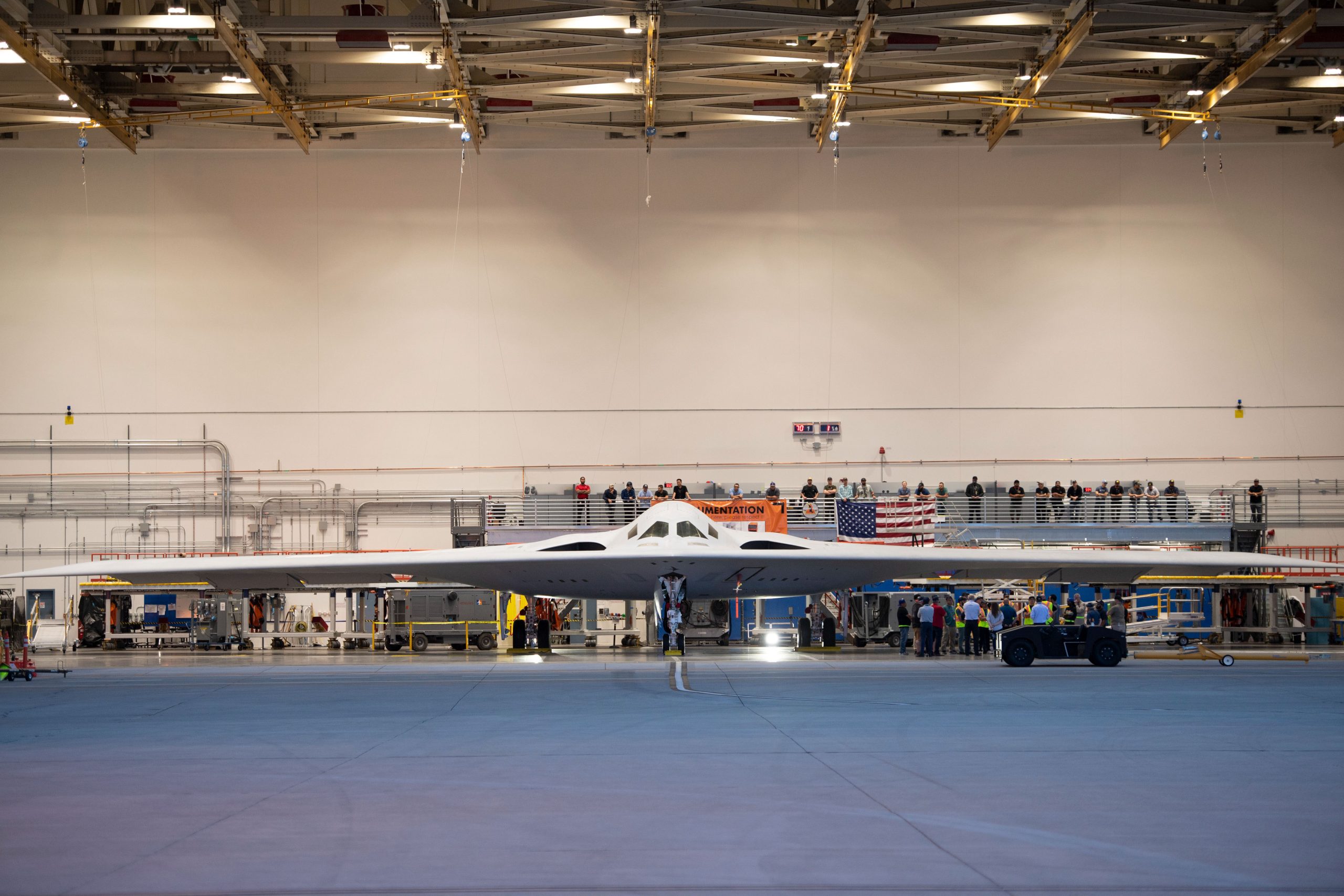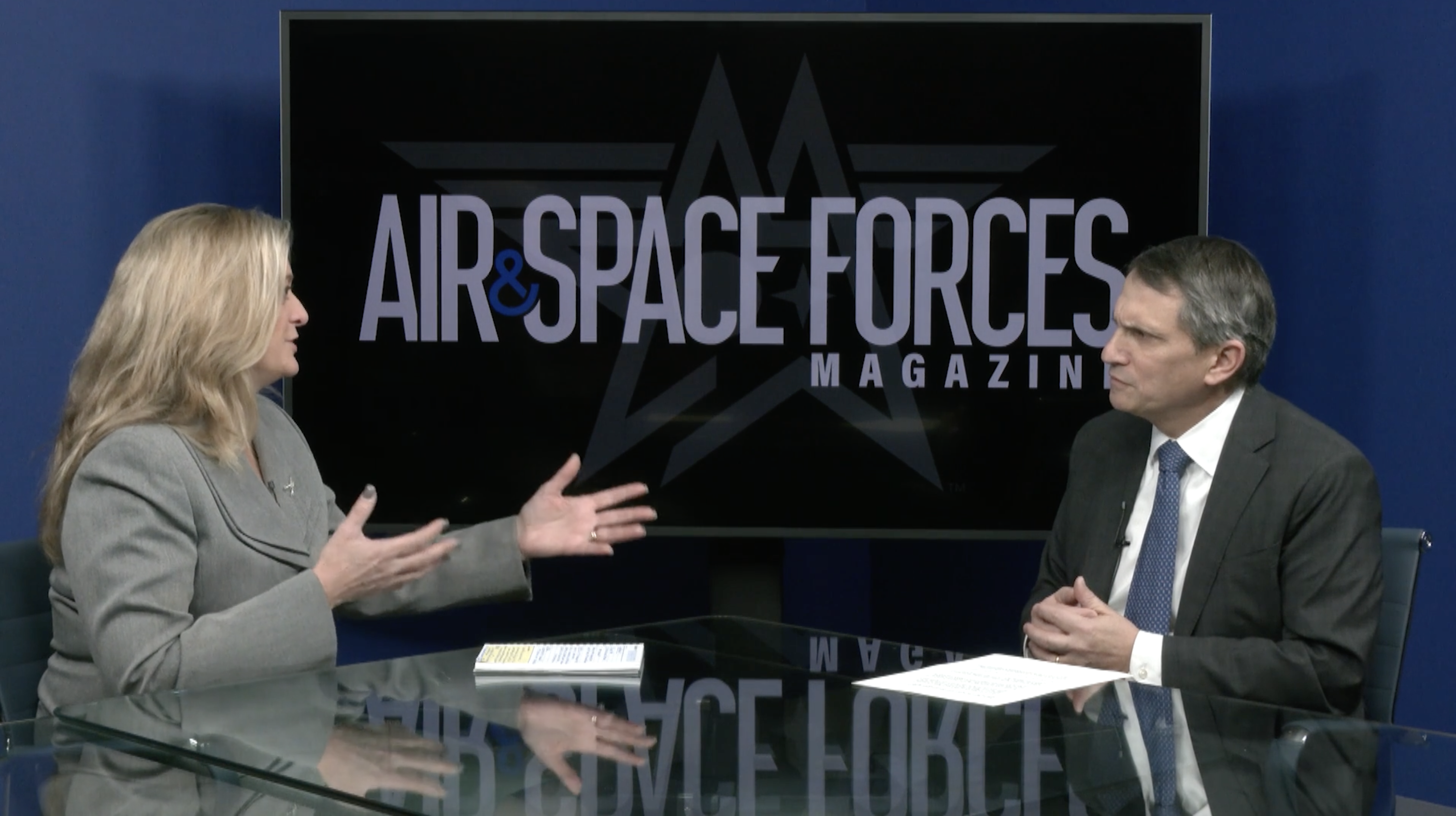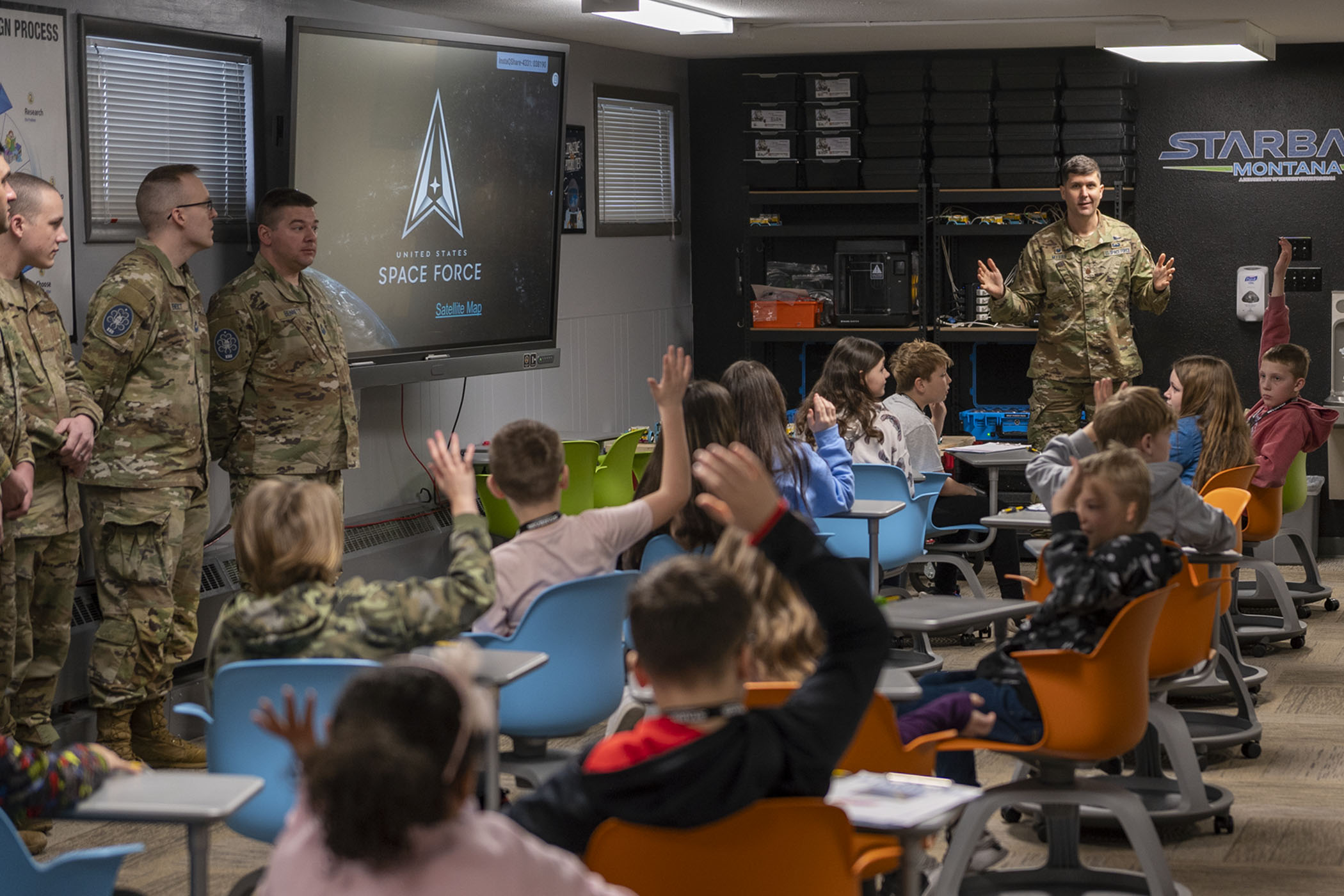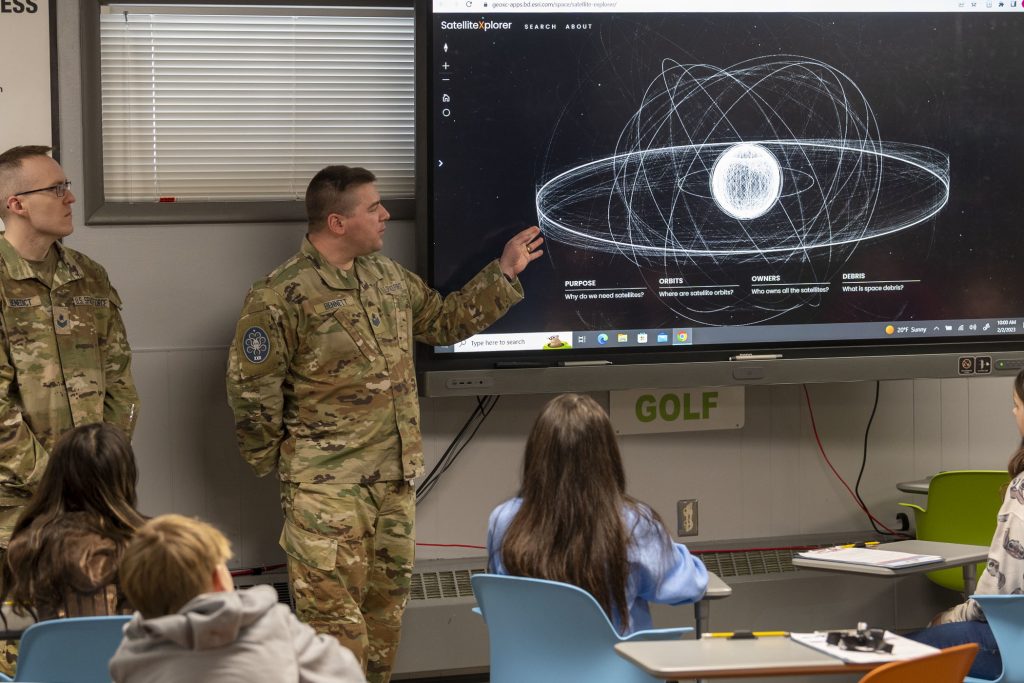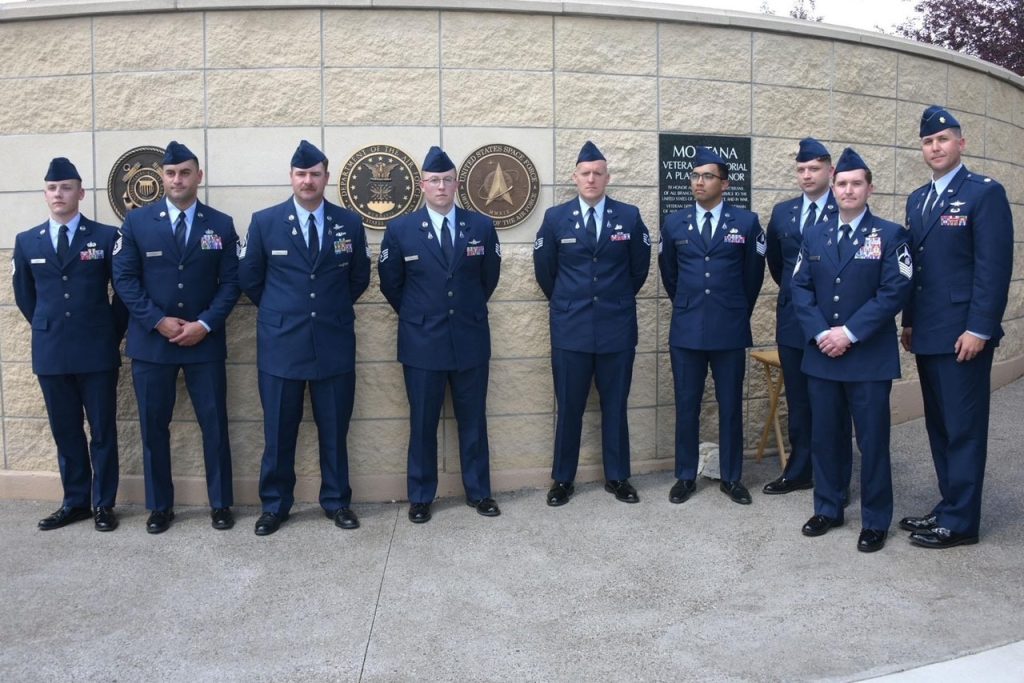This story was updated on Feb. 13, 2023, to clarify the status of Air Task Forces.
AURORA, Colo.—Air Force and Space Force leaders rolled out sweeping changes to the services’ organization, manning, readiness, and weapons development Feb. 12 at the AFA Warfare Symposium here. The changes aim to ratchet up readiness and gain a warfighting edge in the face of intensifying great power competition with China.
Secretary Frank Kendall, acting undersecretary Kristyn Jones, Air Force Chief of Staff Gen. David W. Allvin, and Chief of Space Operations Gen. B. Chance Saltzman detailed 24 action items and an aggressive schedule for implementation in a joint presentation to open the conference.
“All of these are intended to make us more competitive and to do so with a sense of urgency,” Kendall said in a speech unveiling the changes.
Citing the prospect of conflict—either through a military move by China on Taiwan or miscalculation that could escalate—Kendall said it is well past time to make changes. “We are out of time,” he repeated several times during his remarks.
The Air Force will reorient its major commands to focus on combat readiness, peeling off their requirements and weapons development functions and consolidating those into a new Integrated Capabilities Command. Headed by a three-star general and reporting directly to the Chief and Secretary of the Air Force, it becomes a new power center for current and future programs.
The idea is to have leaders be able to define requirements and build programs without having to manage a competing focus on today and tomorrow.
“We need to both be ready today with the force that we have. We need to approach that with a sense of urgency,” Allvin said. “But we also need to update—reoptimize, dare I say—the processes, the policies, the authorities, and in some cases, the structure to be competitive for the long term. We need to do both of these at the same time. And that’s the goal of these decisions.”
The Space Force will create a new Space Force Futures Command with a similar objective. It will be the Space Force’s fourth Field Command, the service’s equivalent to the Air Force’s Major Commands.
“Over the first four years in the Space Force, we focused on some of the systems … we didn’t really have the mechanisms to evaluate all the other components that have to be in place,” Saltzman said, citing everything from identifying the number of facilities needed to handle classified information to forming the USSF’s operational concepts. “That is what a futures organization can provide for you.”
Planned changes span the services and technologies. Cyber and electronic warfare will be elevated—what is today’s 16th Air Force, the information warfare arm of Air Combat Command, will be elevated to Air Forces Cyber, reporting directly to the Chief and Secretary with responsibility for operational cyber, information, and electronic warfare. It will continue to be led by a three-star general as it is today, but its rise to direct-reporting status suggests added stature and visibility.
Focus on Readiness
Operational Air Force wings will be restructured as “units of action,” with each designated as a Deployable Combat Wing, an In-Place Combat Wing, or a Combat Generation Wing.
Each wing type will be designed and structured for its purpose. Kendall and Allvin want to clarify the blurred lines between operational units and base support, and will designate Base Commands to support combat wings and keep bases operating during conflicts or crises. “We’re going to make sure that our deployable wings have everything they need to go fight successfully as a unit,” Kendall said.
In parallel, the Space Force will set up new Space Force Combat Squadrons as its units of action, supporting U.S. Space Command on a rotational basis. Additional Space Force component commands will be established, building on those already created and aligned to U.S. Indo-Pacific Command, U.S. European Command, and U.S. Central Command. Additional Space Component Commands could include U.S. Cyber Command, U.S. Transportation Command, U.S. Northern Command, and U.S. Southern Command.
The reorientation of Air Combat Command, Air Mobility Command, and Air Force Global Strike Command to focus almost exclusively on combat readiness aligns with plans to further refine the Air Force Force Generation Model, which will evolve to support each type of combat wing.
“What has happened over time is that we basically took a lot of what could be headquarters or could be specialized command functions and farmed them out to various Major Commands,” Kendall explained in an interview. “The list of additional duties got pretty long. … And these aren’t core jobs for these commands. What we want fundamentally is to have the major force providers—Air Combat Command, Air Mobility Command, and Air Force Global Strike Command—with responsibilities across the Air Force—focused on readiness for the forces that they have.”
To do that, he and the Chiefs are digging into the Cold War playbook and re-introducing large-scale combat exercises and no-notice operational readiness assessments and inspections. These hallmarks of the days of Strategic Air Command, Tactical Air Command, and Military Airlift Command all but disappeared over the past three decades, as the Air Force focused on supporting continuous operations in the Middle East.
“We’re talking about preparing units of action, which are fundamentally a new construct,” Kendall added of the changes across the Department. “We’re going to make sure that our deployable wings have everything they need to go fight successfully as a unit. And once we have that and they have a chance to train, then it’s reasonable to commit and start evaluating their ability to do that.”
The Space Force will implement new readiness standards for operating in contested environments and when under attack, and will introduce its own exercise program nested within the Department-level exercise framework.
The Space Force has heretofore operated as if space was a benign environment, and its leaders are rapidly confronting a future in which the service needs new training—everything from ranges and simulators to large joint force exercises.
“Unfortunately, over the last decade or so what we’ve seen, is now we have to recognize that space is a fundamentally different domain,” Saltzman said. “It is a contested domain. Now if we’re going to be successful in meeting our military objectives, we have to fight for, contest the space domain, and achieve some level of space superiority if we’re going to continue to provide the services that the military needs, that the joint force needs.”
Saltzman likened the shift to transforming the Merchant Marine into the warfighting U.S. Navy.
But “you can’t just tell” the Merchant Marine they need to suddenly be able to fight a war, Saltzman said. “They don’t have the right training; they don’t have the right operational concepts to do the task that they’ve been given.”
The same is true for the Space Force, he said.
“I feel like that’s what we have to embrace,” Saltzman said. “We have to understand that we have to transform this service if it’s going to provide the kinds of capabilities, to include space superiority, that the joint force needs to meet its objectives. That’s the transformational charge that’s at hand.”
Kendall is determined not to let staffs slow-roll these changes. “We’ve got to do this with a sense of urgency,” he said. “The threat is not a future threat, it is a current threat. And it’s getting worse over time. And we’ve got to start orienting ourselves on that and behaving as if we have a deep appreciation for that.”
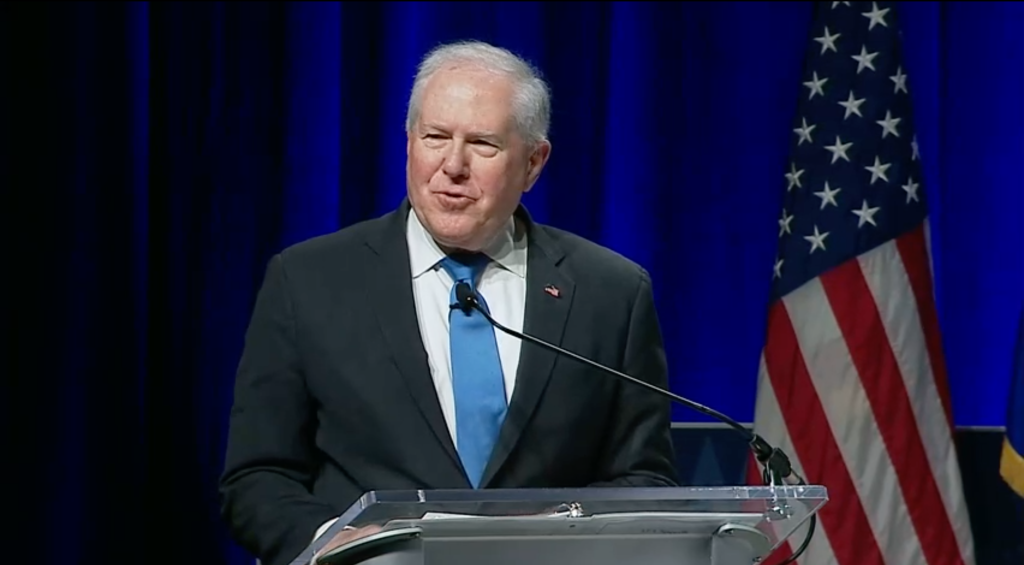
People
Air Education and Training Command will be reborn as Airman Development Command, with a mission to better prepare Airmen for the range of duties they can expect in the more expeditionary future, where Agile Combat Development is no longer just an emerging concept, but the standard operating procedure.
More than just a renamed command, Kendall said the change will also encompass increased responsibility and oversight of programs like NCO academies, “wherever they might be to ensure that we’re getting the type of training across the force that we need.”
The concept of “Multi-Capable Airmen” will be formalized as “Mission-Ready Airmen,” with new skills taught at every level in the training pipeline, beginning in Basic Training and continuing at Wings and at each level of advanced training.
“We’re going to be more deliberate about what training people get so that they are fully prepared to do the jobs we’re going to need them to do,” Kendall said in an interview.
The Air Force will stand up several Air Task Forces this summer, which will go through a full Force Generation cycle, but the wider vision is that wings will be the future unit of action in the Air Force. How fast can these new structures stand up and spread across the force? “My answer to timeline questions is as quickly as we can,” Kendall said. “We need these units now—we don’t need them six years from now or two years from now. We need them now.”
The Air Force will create a new Warrant Officer track for highly skilled IT and cyber talent, enabling those Airmen to not only be paid competitively, but to choose a career path that enables them to focus exclusively on their specialties, bypassing the typical officer leadership track.
“We need mass, people,” Allvin told the audience. “We need to be able to have technical talent of a very specific variety, now and into the future. … We anticipate that will drive that talent in and help us to keep that talent. There’s something specific about this career field, why it’s attractive and it’s a nice match for a Warrant Officer Program.”
Additional focus on technical tracks for officers and noncommissioned officers is in the works. Warrant officers are approved for IT and Cyber “initially,” Kendall said. The Air Force must start somewhere, Allvin explained in his remarks.
“The first thing is, we have to try in this particular career field before we even consider rolling it out across the Air Force to other career fields,” Allvin said.
No plans are in place for the Space Force to adopt Warrant Officers at least for now.
Weapons Development
The most far-reaching of the changes, however, may be in how Kendall is reorganizing the work of creating and developing new warfighting capabilities. These changes go well beyond the centralization of requirements and integrated development in the new Integrated Capabilities Command and represent the culmination not only of his 30 months as Secretary but nearly 50 years of defining operational requirements and developing weapons in the Pentagon.
A new Integrated Capabilities Office will oversee all capability development for the department, centralizing resource decisions that had previously been determined by individual Major Commands in the Air Force and Field Commands in the Space Forces. Two other new offices will be established within the Secretariat to further centralize oversight: an Office of Competitive Activities will oversee and coordinate sensitive programs, and a new Program Assessment and Evaluation Office will apply a common strategic and analytical approach to program performance and associated resourcing decisions.
“We want our fighters and operators to be ready to go to war,” Kendall said in an interview. “That’s what they should be focused on being ready to go to war now. We want other people thinking about the future.”
Removing oversight of fighter requirements from ACC, for example, or mobility requirements from AMC doesn’t mean disconnecting them entirely from the process, however.
“The current force will certainly have a strong voice,” he promised. “There’s going to be a lot of interaction. “I saw a quote the other day about ‘extreme teaming.’ You know, ‘One Team, One Fight’ has been my mantra since I got here. We’re trying to break down stovepipes as opposed to create new ones. So collaborative processes, involvement of stakeholders—the people who are going to be operating the Future Force have a huge stake in what that future force is. They are not going to be isolated from this. They’re going to be very involved.”
Operators will move into the requirements game, he suggested, and in the future, some experienced operators could move into that game full-time at the senior levels. But the key is that the people focused on the future and those focused on the present will not have to split their attention between the two.
Air Force Materiel Command will be reorganized and structured as well, with new and reoriented centers and offices to better oversee critical technical areas:
- Information Dominance Center: A new three-star command that will focus on Command, Control, Communications, and Battle Management (C3BM), as well as Cyber, Electronic Warfare, and the enterprise-wide information systems and infrastructure that support those and other Air Force and Space Force capabilities.
- Air Force Nuclear Systems Center: Another new three-star command, it will expand the existing Nuclear Weapons Center to better support nuclear forces and the command will include a new two-star Program Executive Officer for ICBMs to oversee the overhaul of the ICBM enterprise.
- Air Dominance Systems Center: The Life Cycle Management Center will be redesignated and directed to focus on synchronized aircraft and weapons development and support.
- Integration Development Office: This organization within AFMC will be responsible for technology assessment and technical expertise to assess the feasibility of new operational concepts and technology insertion.
“We’re going to align the science and technology pipeline,” Kendall said.
Getting Buy-In
The 24 changes outlined Feb. 12 are the culmination of five months of intense effort, during which department leaders took in ideas and inputs from across the services. Among the many proposals, some of the more dramatic ones—such as combining multiple MAJCOMS into a single Forces Command, much like the Army and Navy—were discarded and refined.
“We worked really hard to make sure everybody’s voice was heard,” Kendall said in an interview. “And we did make adjustments because of things we heard from people. I think there was a widespread perception that change was needed, and what this process has done is identify what exactly we need to do differently. … This has been a mechanism to surface a lot of things that have kind of been on the table, but not necessarily addressed.”
Now comes the hard part—implementing the ideas and making them real.
“We’ve made the major decisions about direction and we’re going to be working next on all the details of that,” Kendall said ahead of the rollout. “There are still a lot of details to be worked out. It’s going to be a heavy lift. But I think we’re ready to do it. … We’re taking an approach which is designed to overcome bureaucratic resistance. We’re going to put responsible leaders in charge of each of these things. We’ve already figured out generally who they’re going to be. And we’re going to give them the mission of making these things happen.”
None of those changes will need much funding in the near term, Kendall said. Most will be cost-neutral or can be accomplished through the usual process of reprogramming funding from other lines. That’s important, because these changes come too late for the still-not-completed fiscal 2024 budget, as well as the already programmed—but not yet requested—fiscal 2025 budget request. That is expected to be released next month. That means that funding for significant changes, like new construction, or large-scale moves, won’t come until the fiscal 2026 budget cycle, which is just beginning to be bent into shape now.
But the Department of the Air Force’s re-optimization efforts have buy-in across the DOD, from Secretary of Defense Lloyd J. Austin III, Deputy Secretary Kathleen Hicks, and other service secretaries, Kendall said.
“If you’re going to make some major changes in your organization, even if you have all the authorities you need to do them, it’s a good idea to tell your boss before you do,” Kendall said. “I went to both the deputy secretary and the secretary and basically briefed them, and also briefed my counterparts in the other military departments. There was not a single question asked about the appropriateness of anything we were doing. It was essentially a thumbs up, you’re on the right path, go get it done. And that’s where we’re going to go. We’re going to move out on this stuff.”
